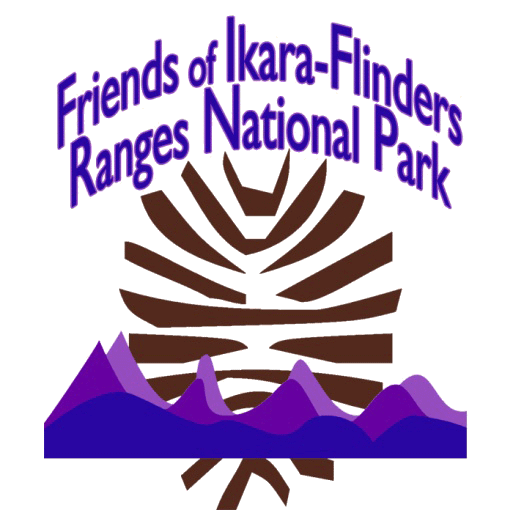

Our tasks are determined by Park staff to complement their activities for meeting objectives of the Park Management Plan. Each year our President and Park staff meet to plan a schedule of projects for the year. It is a healthy partnership where the knowledge our members have accumulated from two decades of working in the Park enables us to make valuable contributions to the schedule.
Our Constitution specifies the scope of our activities. In essence it states that we assist with the conservation and restoration of the natural, indigenous and pioneer heritage assests within the Park. That allows for a broad spectrum of activies by our members. As between us we share a wide range of skills and experience we are able to tackle an extremely wide range of interesting and worthwhile projects. We get a tremendous amount of enjoyment while doing the work and great satisfaction from seeing the completed assignment. The freedom we have to move around the park to undertake our projects adds to the enjoyment of the Flinders Ranges.
While no specific skill is essential to gain membership, we do value the skills and experience members bring to the group. Apart from practical skills and knowledge relevent to the work we do, members with first aid training, trade skills, and knowledge of geology, flora, and fauna are always welcome.
While the majority of our needs are provided by Park management there is always the need for extra funds to purchase tools and equipment, personal protective equipment, first aid and other items, and to enable special training. A primary source of income is membership fees which has remained at a moderate level for many years. We rely heavily on gaining government grants. These are always targeted to a specific project that absorbs all of the grant moneys received. However some materials and equipment purchased for a project may carry over for use on other tasks, reducing our reliance on borrowing from Park stores.
We also receive donations from members and other sources.
Our usual visit to work in the park is of 6 nights duration. Our accommodation is in the Oraparinna Shearers' Quarters located 25 kms north of Wilpena. The quarters include 8 double bedrooms, separate male and female shower and toilet blocks, a well equiped kitchen, and a comfortable lounge area. Hot and cold water is available as is 240 volt electricity supply. We need to be totally self sufficient in all but bed and mattress, crockerey and cutlery.
Each member provides their own transport to the park and around the park for which no fuel subsidy is available. A four wheel drive vehicle is a distinct advantage because of the terrain we sometimes traverse. When needing to move around the park a member with a conventional vehicle can usually find a spare seat in one of the four wheel drives among the team.
Communication with families is not always readily available. We do have a cordless phone which connects with a park's office phone but this is not entirely reliable. However in an emergency there are options we can use. A new system being developed by Telstra is being investigated and it is hoped that before long we will have a totally reliable telephone system that will enable communication between members and their family.
You would be familiar with the name Flinders Ranges National Park. That was our park name until early in 2016 when it was changed after the SA Government decided to recognise and adopt the name used by traditional owners for locations of national parks around South Australia.
Ikara is an Adnyamathanha word meaning "meeting place" and reflects the traditional name for Wilepana Pound. The name recognises the spirtual and cultural significance of the Pound for traditional owners. After the Park name was officially changed we were invited to consider changing our name too. We readily accepted the invitation.
What is the significance of our logo?
We adopted our current logo in 2006 to include a most significant attribute of the Flinders Ranges. Previously our logo simply depicted rows of mountain tops receding into the distance.
Ediacaran fossils have long been associated with the Flinders Ranges and some of our scholarly members created a genuine interest in fossils among members.
Of the four species of Ediacaran fossils we chose to adopt the Dickinsonia fossil for our logo. Just like the mountains of the Flinders, the Dickinsonia fossil is 600 million years old. When we included the fossil in our logo we had no idea that some 13 years later, it would be chosen by a public poll to become South Australia's fossil emblem.
The logo depicts a stylised impression of the Dickinsonia which lived on the ancient sea floor long ago.
The second depiction on our logo is of the magnificent mountain range for which the Flinders is known and admired.
We are proud to display a logo that recognises geological and palaecontological heritage icons unique to the area we seek to conserve.
The Ikara-Flinders Ranges National Park is situated approximately 450 km north of Adelaide in the northern central part of South Australia's largest mountain range. The park covers an area of 912 square kilometres, northeast of the township of Hawker.